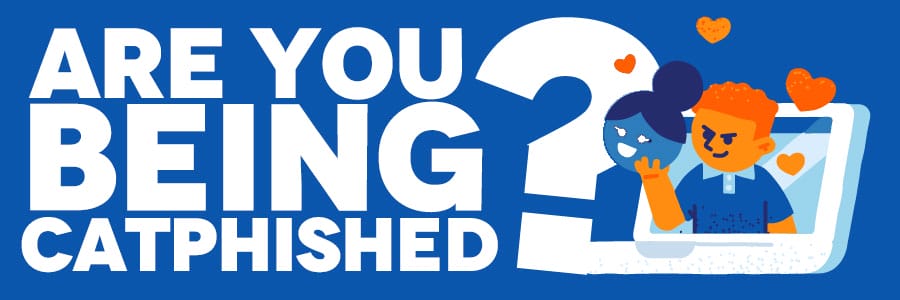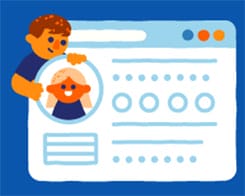
Catphishing has become a troubling phenomenon that can have a range of negative effects on both individuals and society as a whole. By understanding the motivations behind catphishers behavior and taking steps to prevent it, we can create a safer and more trustworthy online environment.

It is important to understand why catphishers engage in catphishing. One of the most common reasons is to gain your attention or validation. These people are usually feeling very lonely, insecure, or inadequate in their real lives which may lead to them creating fake profiles on social medias or dating profiles to receive the positive attention they crave. Others may do it for entertainment or to pass the time, using catphishing as a form of escapism.

Another common motivation for catphishing is financial gain. Scammers create fake profiles to trick other people into giving them money and personal information along the process which they then sell forward. This type of catphishing is particularly dangerous, as it can lead to identity theft or other forms of fraud. So BEWARE who you give your personal information to.
With the rise of social media, dating sites and online communications, cat phishing has become a serious issue. This deceptive behavior can lead to a range of negative emotional distress, financial loss, and future distrust. To protect yourself from cat phishers, it is important to understand the warning signs. Here are some of them…

Check the picture of the person you are talking to. Would they realistically be interested in you? We also need to remember that Catphishers don’t use their real photos.

Scammers or catphishers always come up with a sad story which leads people to giving them money. If they ask for bitcoins, gift cards… stay away? Don’t give them anything.

Check the picture of the person you are talking to. Would they realistically be interested in you? We also need to remember that Catphishers don’t use their real photos.

Don’t get fooled by catfishers sad stories like their mobile phone taken because of “unpaid bills”, traveling expenses to visit you … they are playing with your emotions.

Catphishers love to play with emotions remember? Do not get fooled by their “I love you my queen” so fast! Who in their mind would say that without even meeting first?

This usually counts for scammers since they are out of the country. Can also apply to a catphisher but catphishers usually live close to the person they are “scamming”.
One of the easiest ways to avoid catphishing is to be cautious of strangers aka catphishers online. If someone you don’t know starts messaging you and trying to connect with you suddenly, it could be a sign its a cat phish. Take the time to investigate the profile before engaging with them further. Have they got any mutual friends in common?
Catphishers create fake identities with elaborate backstories. However, these stories usually don’t add up. Be on the lookout for inconsistencies in someone’s story or behavior. For example, avoid people working overseas on an oil rig, army… These are the “sad” kind of stories which usually lead to money loss and emotional distrust in future online encounters with people.
If you’re already suspicious of someone’s identity, there are several ways to verify catphishers. You can ask for a video call or request that the person sends a photo of themselves holding up a sign with your name on it (can be photoshoped!). You can also use our tool to verify numbers identity.
Cat phishers will gain your trust over a long period of time and then suddenly start asking you for money or personal information. Be cautious of any requests for financial assistance or sensitive information. If someone you’ve never met in person starts asking for money or personal details, it’s best to cut them off immediately.
